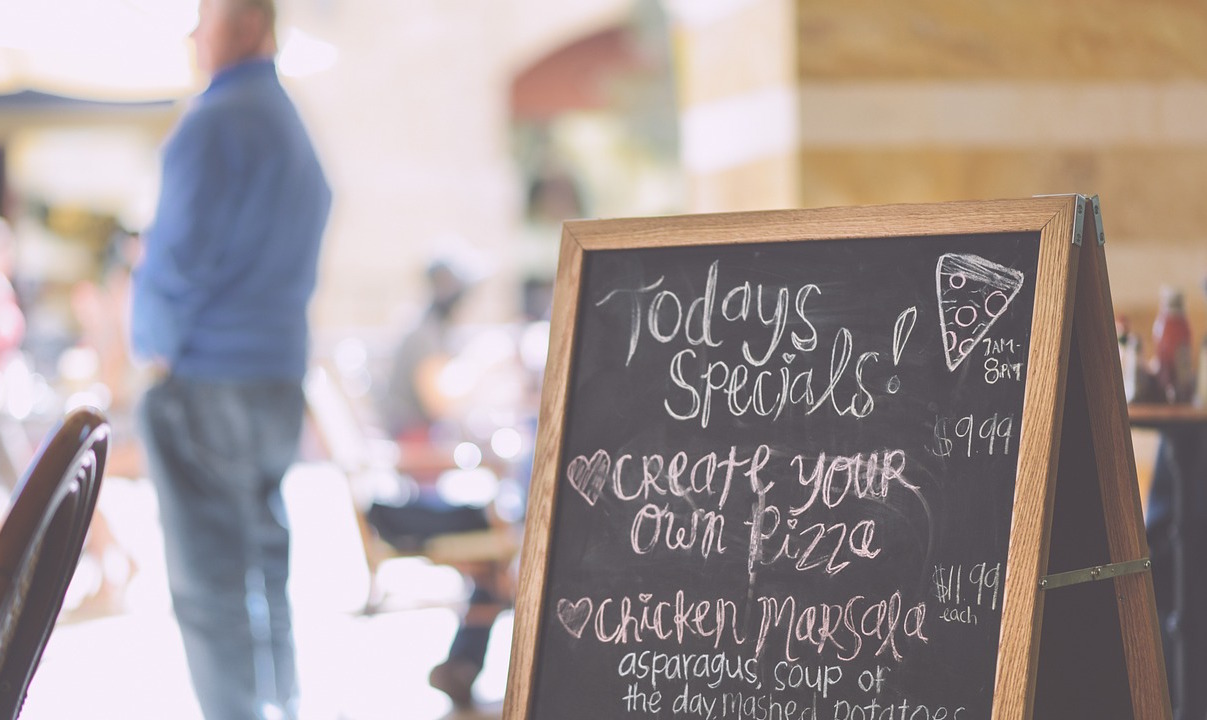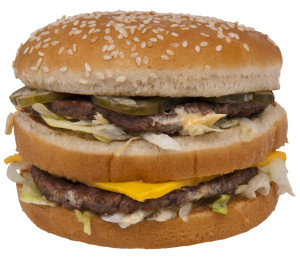 How much time have you spent staring at your restaurant’s menu, trying to perfect the item placement, prices, images and countless other details?
How much time have you spent staring at your restaurant’s menu, trying to perfect the item placement, prices, images and countless other details?
If the answer is “more than I can count,” there’s a better way. Menu engineering provides the tips and tactics you need to improve and upgrade your menu – increasing both profits and customer experience along the way.
What Is Menu Engineering?
Menu engineering is the way that restaurateurs place items on a menu to maximize profitability per guest. You probably do a version of this already. Placing appetizers at the beginning of the menu and desserts at the end, grouping similar courses together, and recommending popular items are all common-sense forms of menu engineering.
Many menu engineering supporters rely on gross profit, or the difference between the selling price of the dish and the cost of the ingredients, as the main factor in item placement.
Note: To get the most out of your menu, you’ll need to “cost” the menu first. Establishing and understanding the direct and indirect costs that your menu creates will be critical to your restaurant’s success. (Click here for more on calculating and controlling food costs in your restaurant.)
Menu engineering is usually considered within the domain of traditional restaurant menus, but the strategies and tactics can also be applied to online menus, tabletop tablet ordering, and daily specials scribbled on a chalkboard.
These four menu engineering best practices will create more opportunities for higher profitability with each order. Menu engineer Gregg Rapp estimates that an optimized menu can increase restaurant profits by 10 to 15%, so let’s get started!
4 Menu Engineering Best Practices
1) Don’t use dollar signs.
Like many of these best practices, getting rid of dollar signs might seem like an insignificant change. But studies have shown that a dollar sign in front of an item price unconsciously reminds patrons that they’re spending money, taking them out of the “what am I hungry for?” mentality, and creating a “how much will this cost me?” mindset.
2) Use numbers to your advantage.
As stated above, the way prices are listed on your menu has a real impact on the way customers perceive their choices. But you can use these perceptions to your advantage.
Chain or value-based restaurants have long used the “.99” suffix on their prices to reinforce the cost savings of their products. Charging $9.99 is always preferable to charging $10, or so the theory goes. In recent years, however, menu designers have learned that prices ending in 9 are associated with value, but not quality – a trend we’ve decided to call “The 99¢ Store Effect”.
Instead of ending prices with “.99,” try “.95,” which consumers see as less suspicious. And for more upscale locations, consider doing away with decimal prices completely. (In other words, sometimes $10 is better than $9.99 after all.) Removing cents makes the menu look cleaner and simpler, and makes each item’s price even smaller on the page. Finally, never line your item prices up in a column on one side of the menu page – it draws the customer’s eye to the prices and away from the food descriptions.
3) Describe items with mouth-watering language.
Before 1974, McDonald’s Big Mac was just another option on a menu full of hamburgers. Then came the advertising campaign: “Two all beef patties, special sauce, lettuce, cheese, pickles, onions on a sesame seed bun.” The burger has been an American staple ever since. Why?
 The language made people hungry.
The language made people hungry.
Over 40 years later, the same lesson still applies. Describing your food in tantalizing, image-heavy terms not only increases customer anticipation, it increases their satisfaction after the meal as well.
Geographic descriptors (like Southwest, Tuscan, etc.) and brand names like Jack Daniel’s or Nutella can also make menu items pop off the page.
4) Add an expensive option – even if it won’t sell.
Ever looked at a menu and wondered why that steak costs $25 more than everything else? It’s not just an extravagance – that high-dollar item is there to make the rest of the menu prices look more reasonable. By placing an expensive option at the top of the menu, you’re raising the customer’s ceiling for what their meal should cost, subtly encouraging a pricier option than they may have considered otherwise.
Other menu engineering elements include scanpaths, which track customer eye movements while they look at a menu; bracketing, or offering two different portion sizes of the same meal at different prices; and limiting options with appetizer sampler platters and fewer choices per category.
